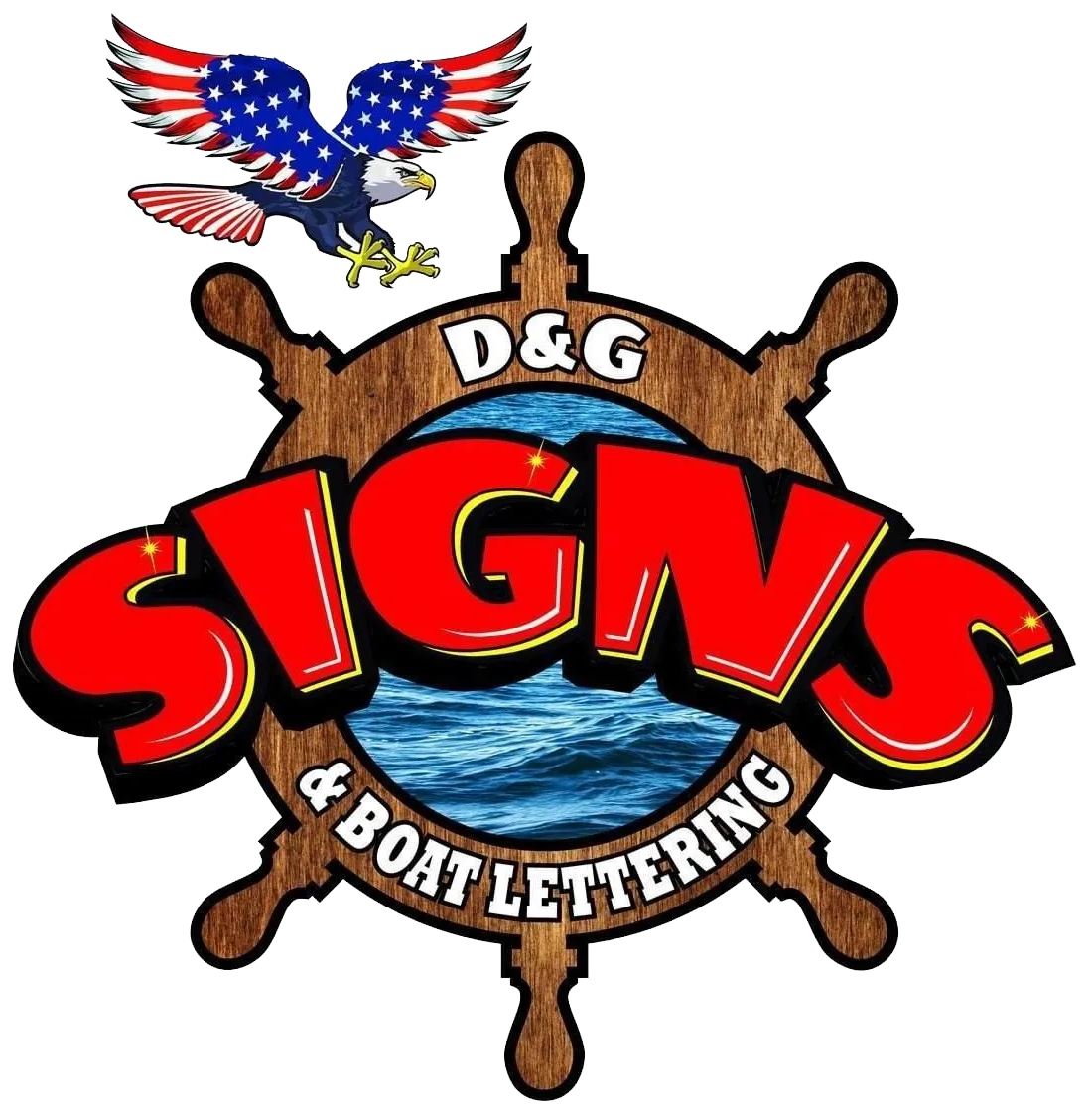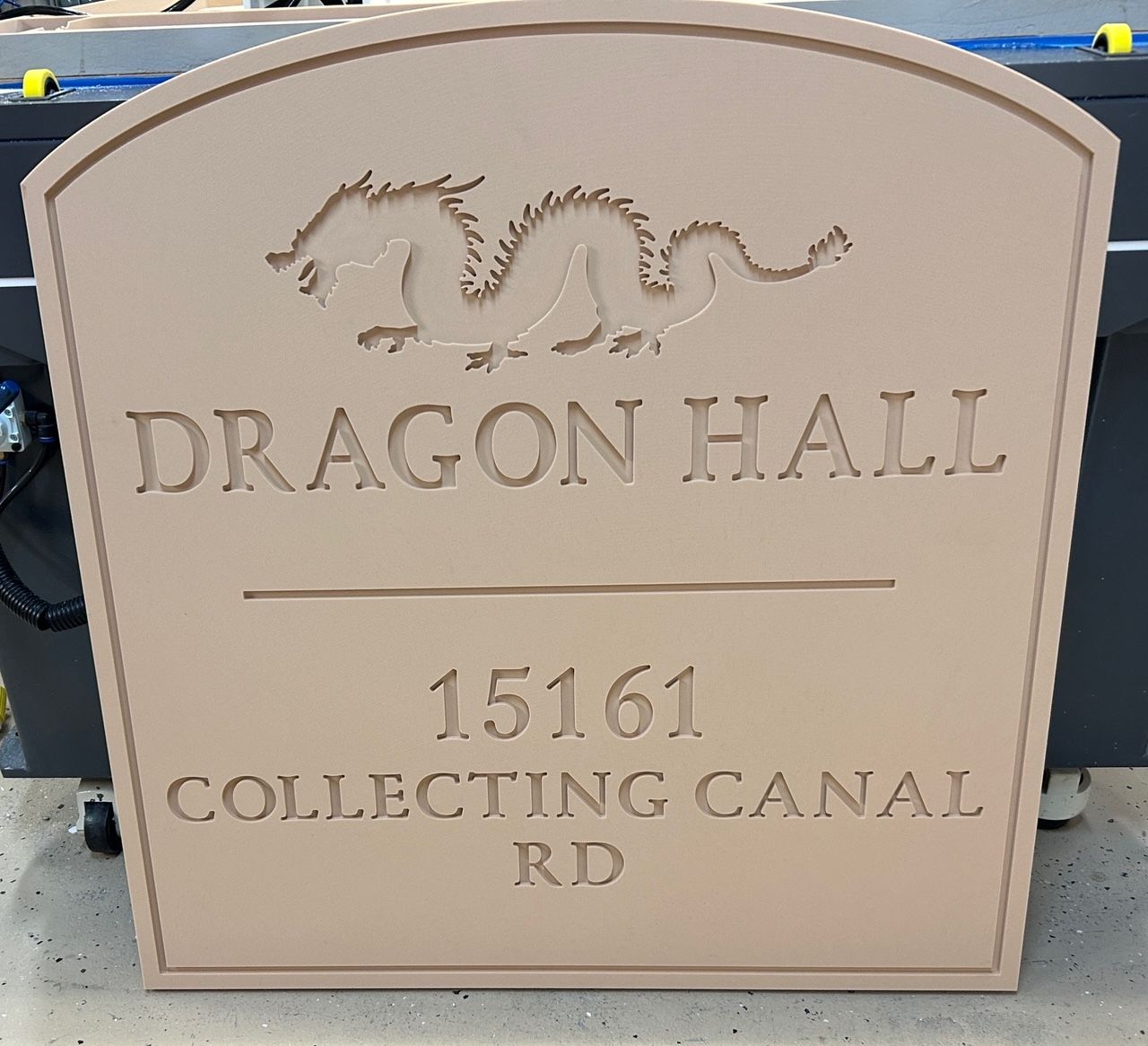Serving Jupiter, Palm Beach Gardens, Riviera Beach, West Palm Beach, Palm Beach, North Palm Beach.
Unveiling the Art of Engraved Signs
In a world dominated by digital marketing and online communication, there's something timeless and undeniably charming about engraved signs. They add a touch of sophistication and personalization to both residential and commercial spaces. If you're looking to make a statement or leave a lasting impression, engraved signs from D&G Signs are the perfect choice.
D&G Signs: The Artisans of Engraved Signs
D&G Signs has been a name synonymous with quality, craftsmanship, and creativity in the signage industry for over two decades. Their commitment to excellence and dedication to their craft shines through every piece they produce. What sets D&G Signs apart is their passion for creating unique and custom-made engraved signs that leave a mark not just on your space but also on your heart.
Unveiling the Beauty of Engraved Signs
- Personalization: One of the most captivating aspects of engraved signs is the ability to personalize them to your heart's content. Whether you want to mark your home with your family name or display your business logo with pride, D&G Signs can bring your vision to life.
- Quality Materials: D&G Signs uses only the finest materials for their engraved signs, ensuring longevity and resilience in all weather conditions. You can trust that your sign will stand the test of time, whether it's exposed to the sun, rain, or snow.
- Versatility: Engraved signs from D&G Signs are versatile and can be used in various settings. From house number plaques and nameplates to directional signs and business signage, their portfolio covers a broad spectrum.
- Artistic Design: Beyond the functional aspect, engraved signs are a form of art. The skilled artisans at D&G Signs can transform your ideas into beautifully engraved creations. Their attention to detail and artistic flair make each sign a work of art.
- Memorabilia: Engraved signs also make meaningful gifts. Commemorate a special occasion, honor a loved one, or celebrate a milestone with a custom-engraved sign. These signs are not just markers but cherished mementos.
Why Choose D&G Signs?
- Customization: D&G Signs believes in the power of personalization. They work closely with customers to understand their preferences and craft signs that truly reflect their individuality.
- Craftsmanship: Every sign is meticulously crafted by a team of skilled artisans who take pride in their work. The combination of modern technology and traditional techniques results in high-quality, durable signs.
- Customer Satisfaction: D&G Signs values its customers and strives to exceed their expectations. Their commitment to providing excellent service is at the core of their business.
Conclusion:
Engraved signs from D&G Signs are more than just markers; they are a reflection of your personality, a tribute to your business, or a symbol of your love and commitment. They add a touch of elegance and timeless charm to any space. With a reputation built on quality, customization, and dedication to their craft, D&G Signs is your go-to destination for engraved signs that leave an indelible mark.
Make your space your own, honor your memories, and enhance your business presence with the artistry of engraved signs from D&G Signs. Explore their portfolio and let their craftsmanship bring your vision to life.
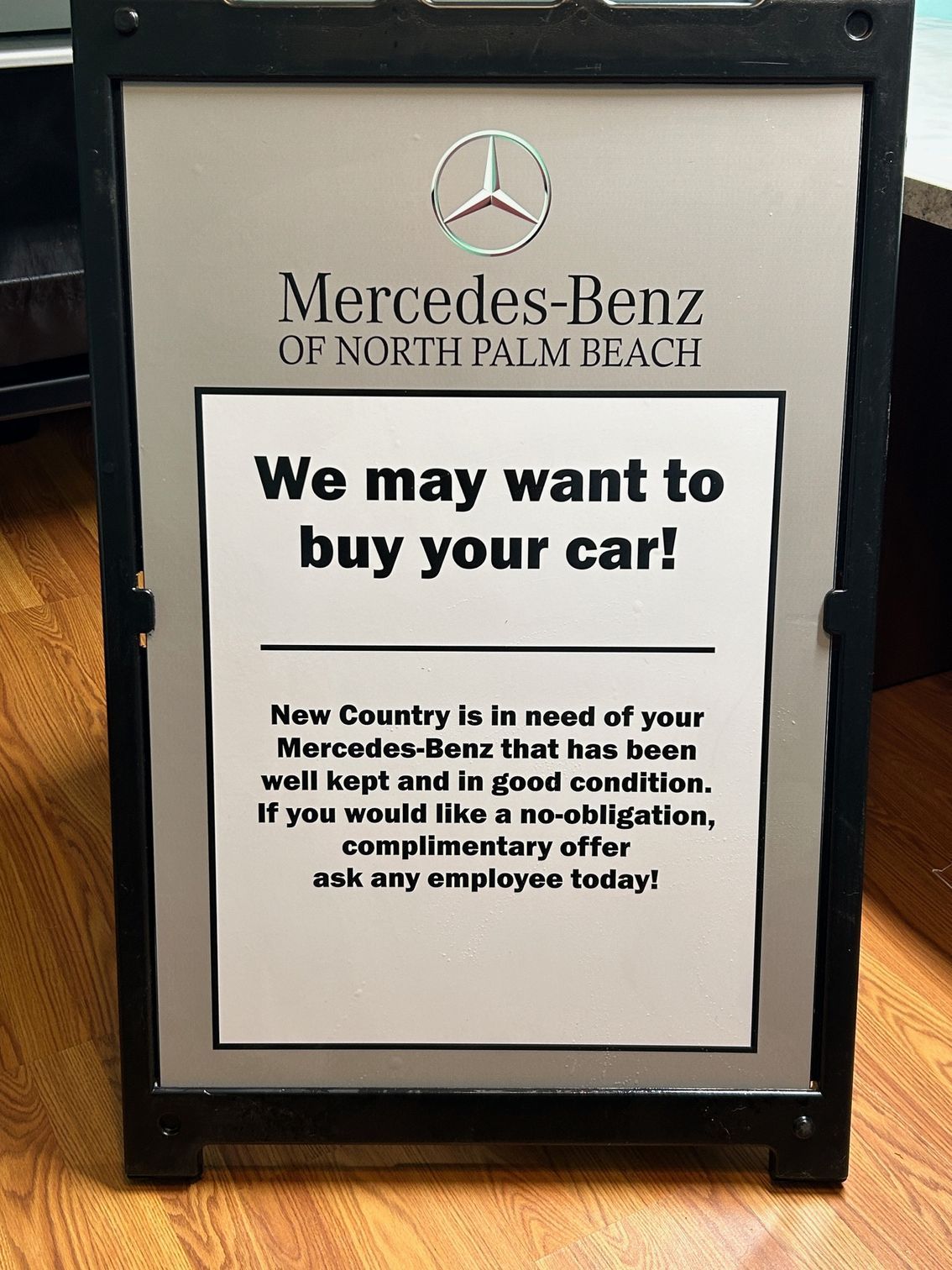
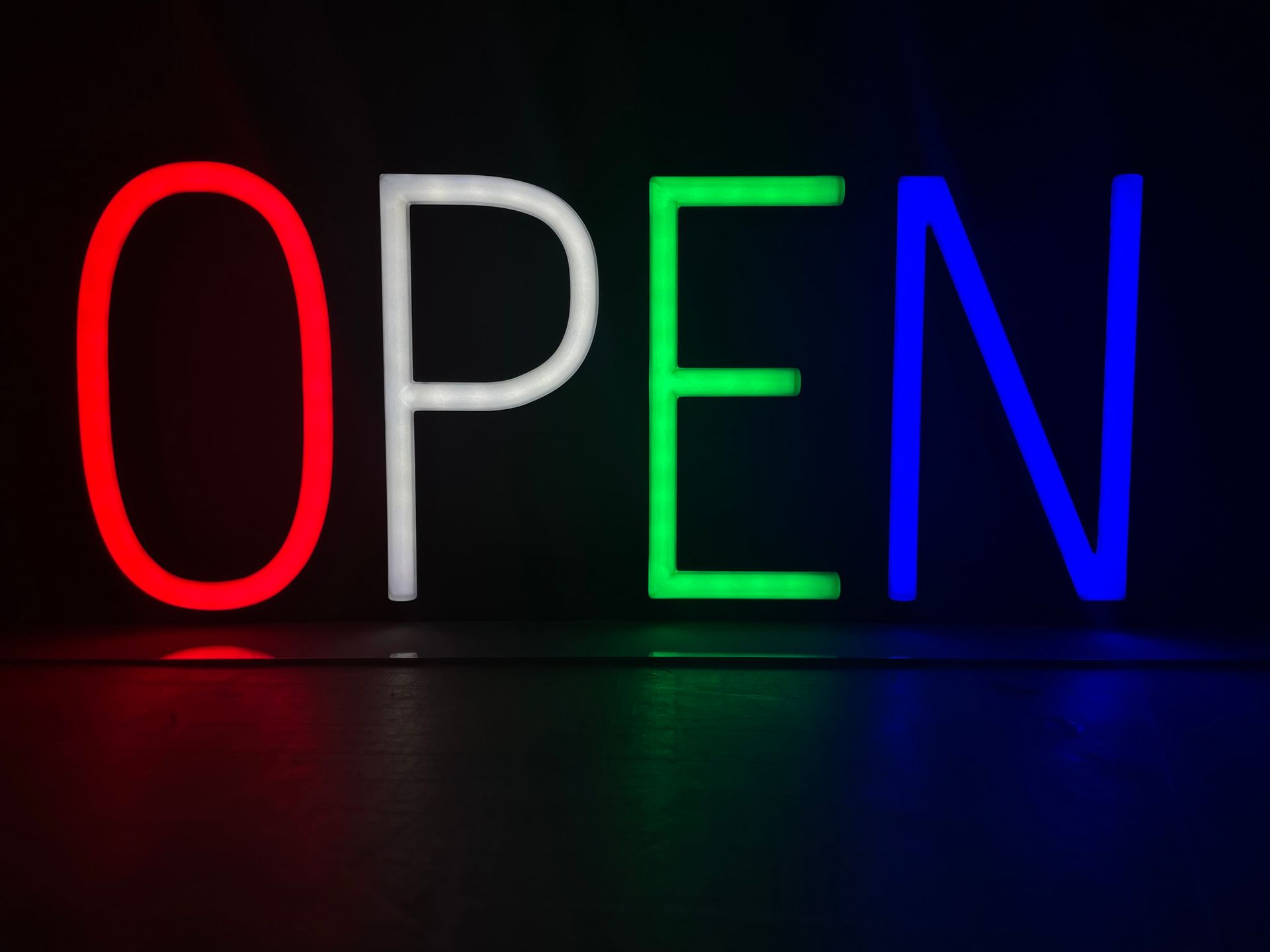
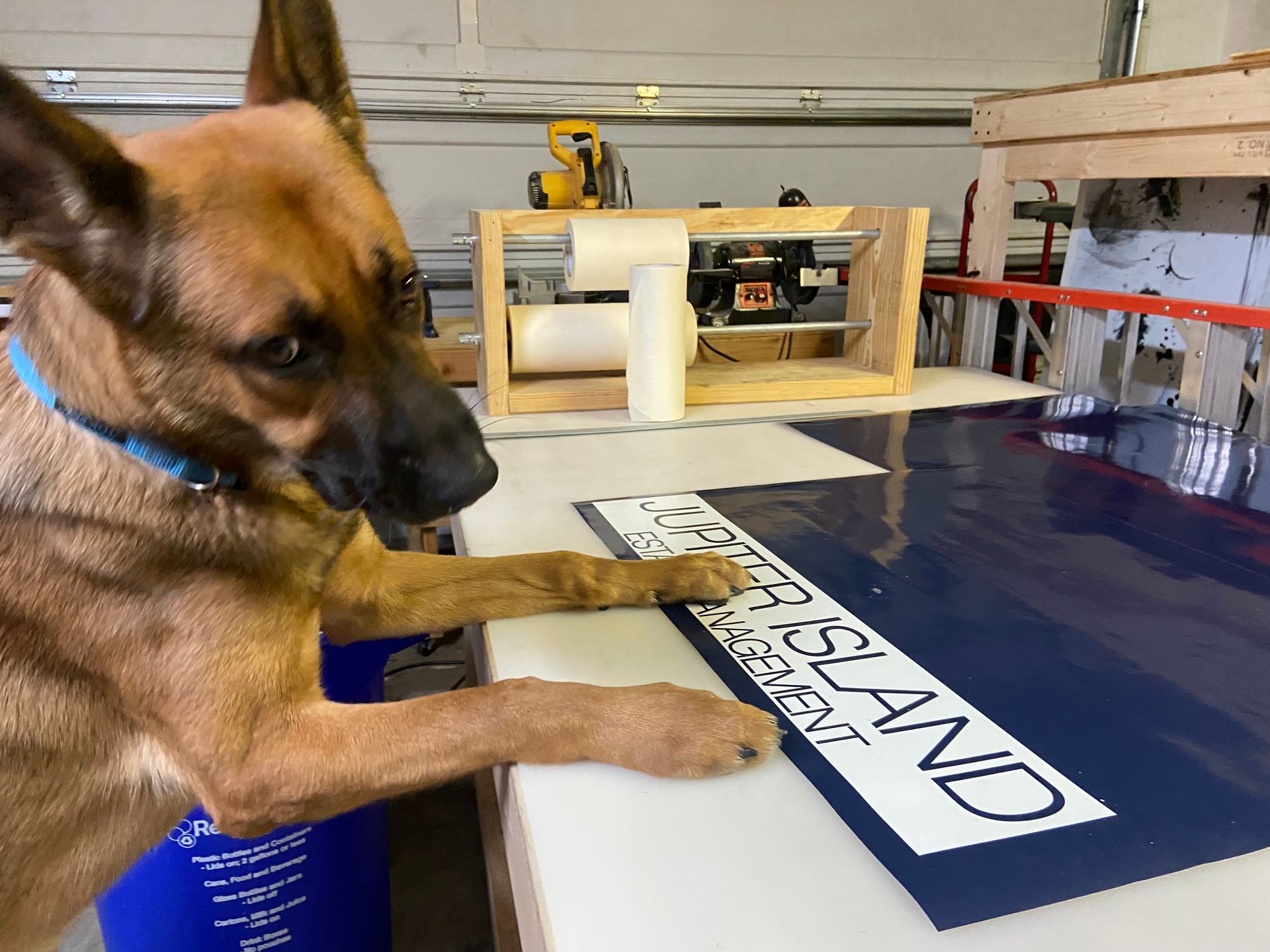
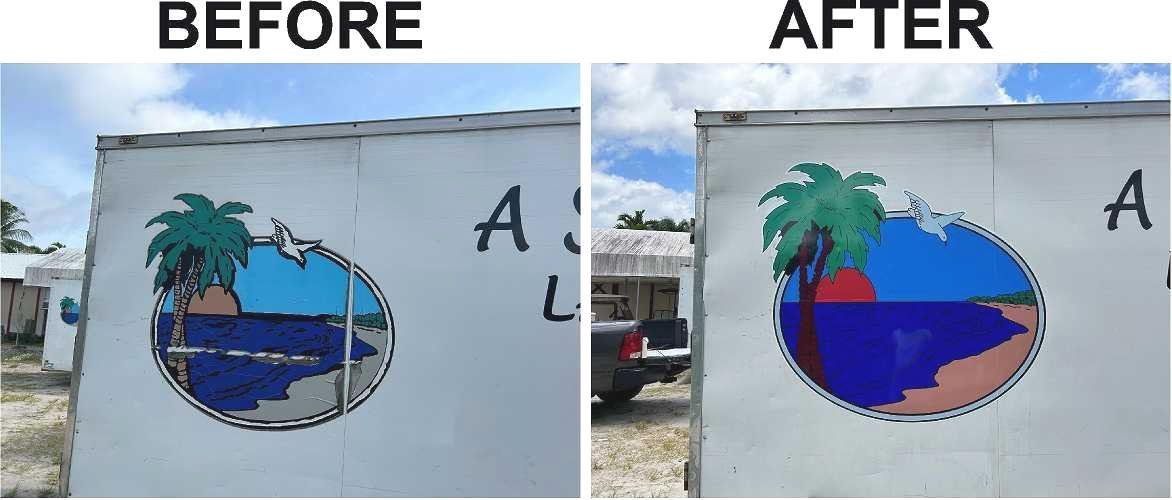

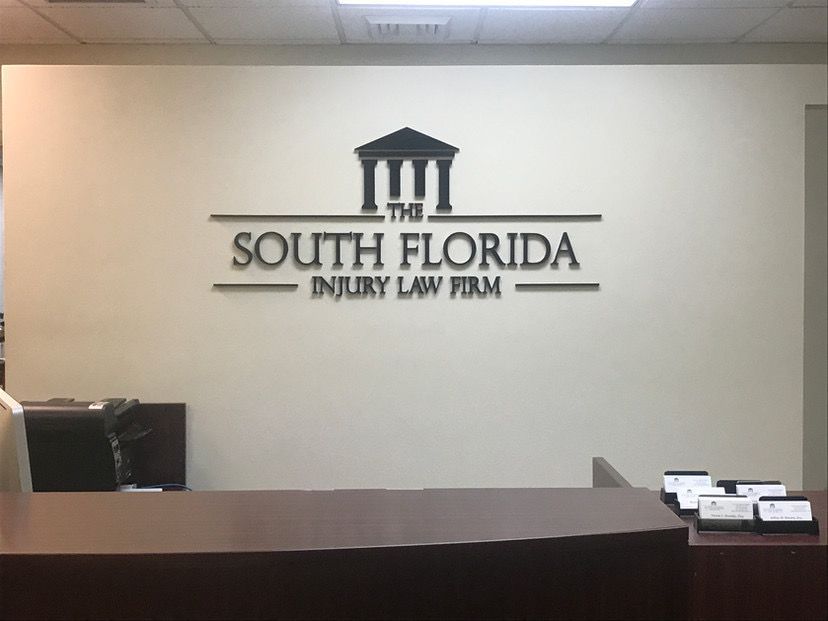
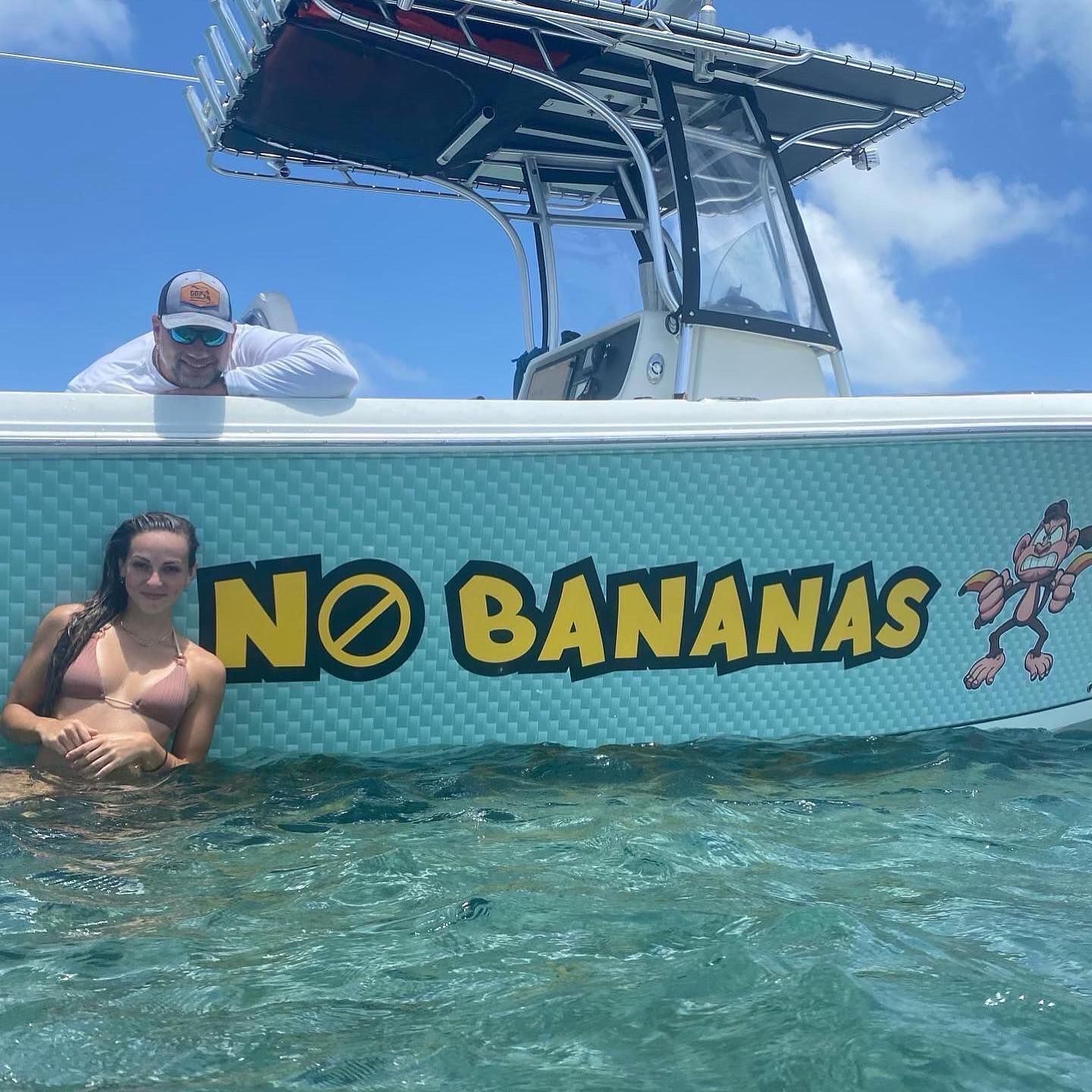
Contact Information
Phone: (561) 822-7748
Email: dgsignsinc@gmail.com
Address: Serving Broward, Palm Beach Gardens, Riviera Beach, West Palm Beach, Palm Beach, and Martin Counties.







Business Hours
- Mon - Fri
- -
- Saturday
- -
- Sunday
- Closed
